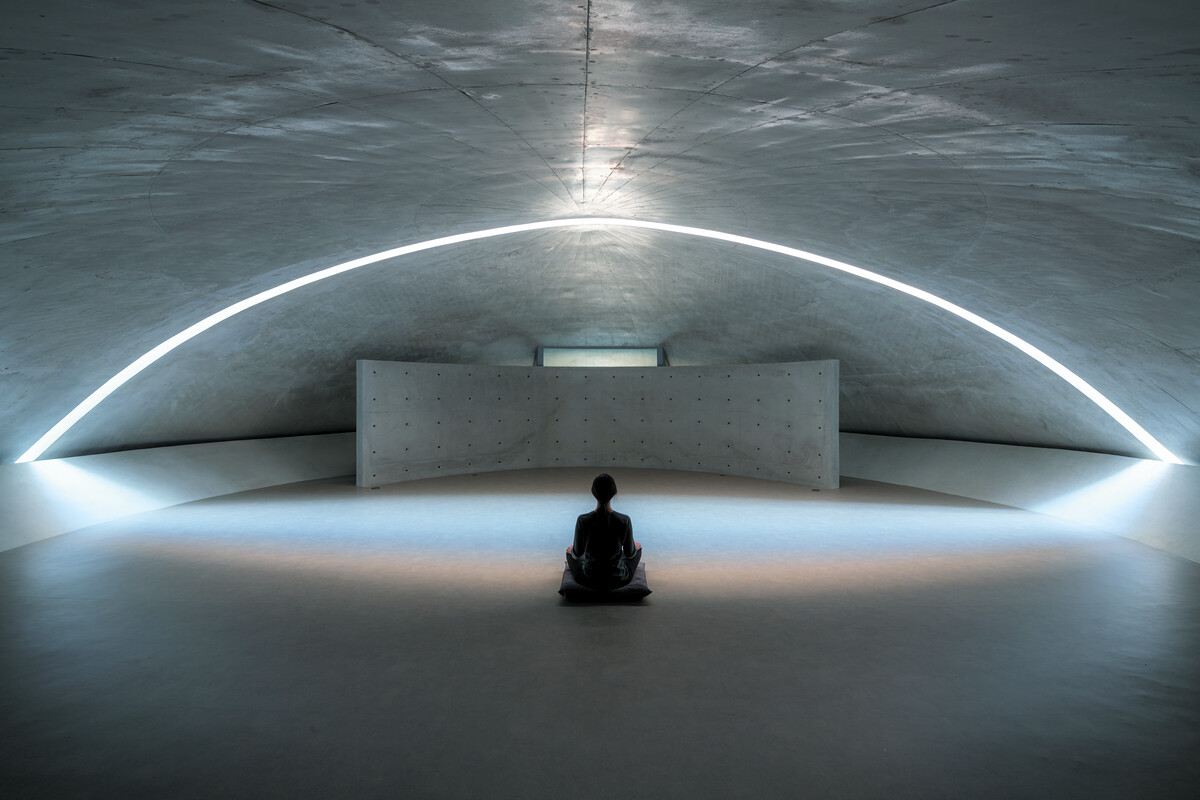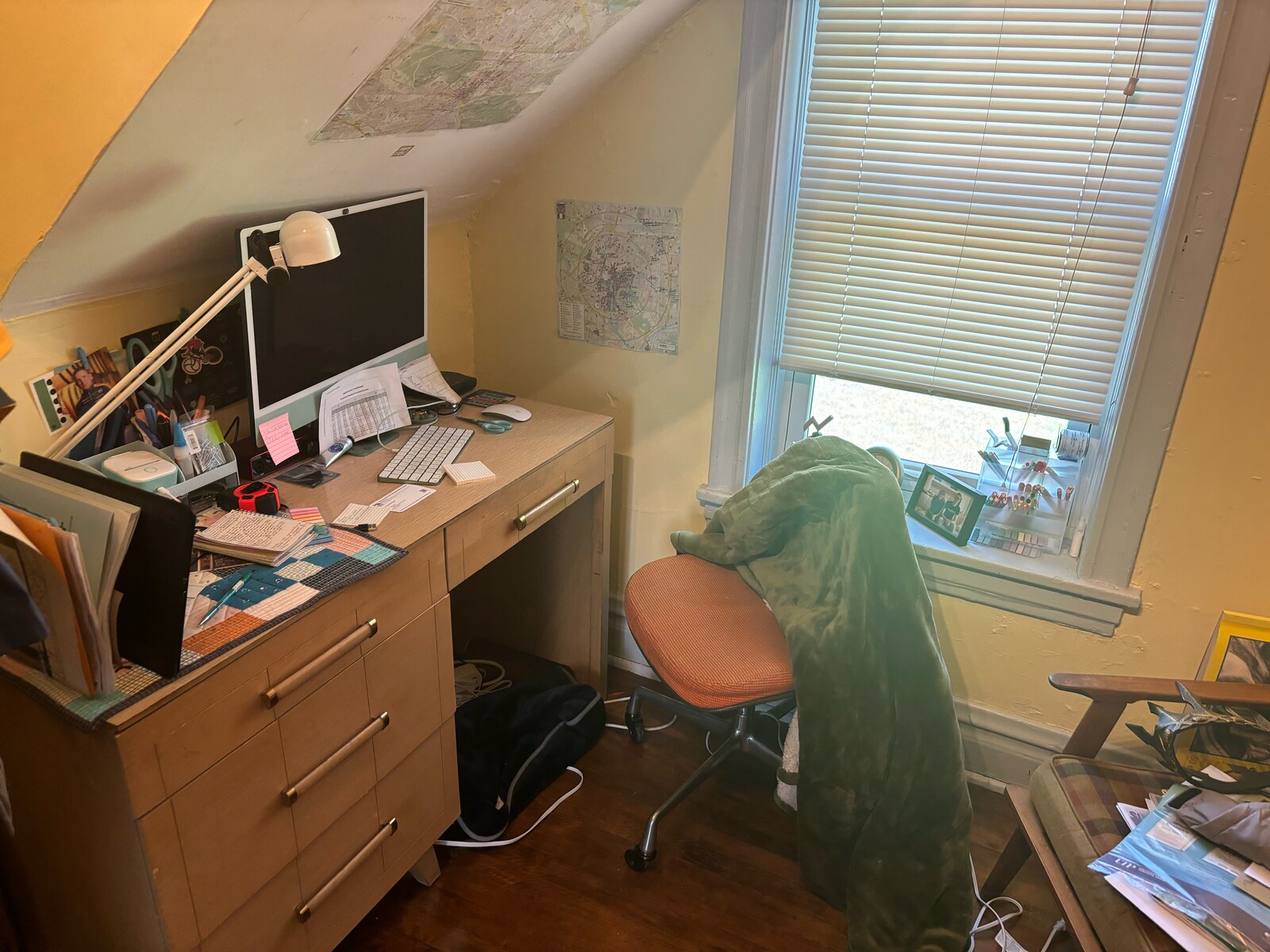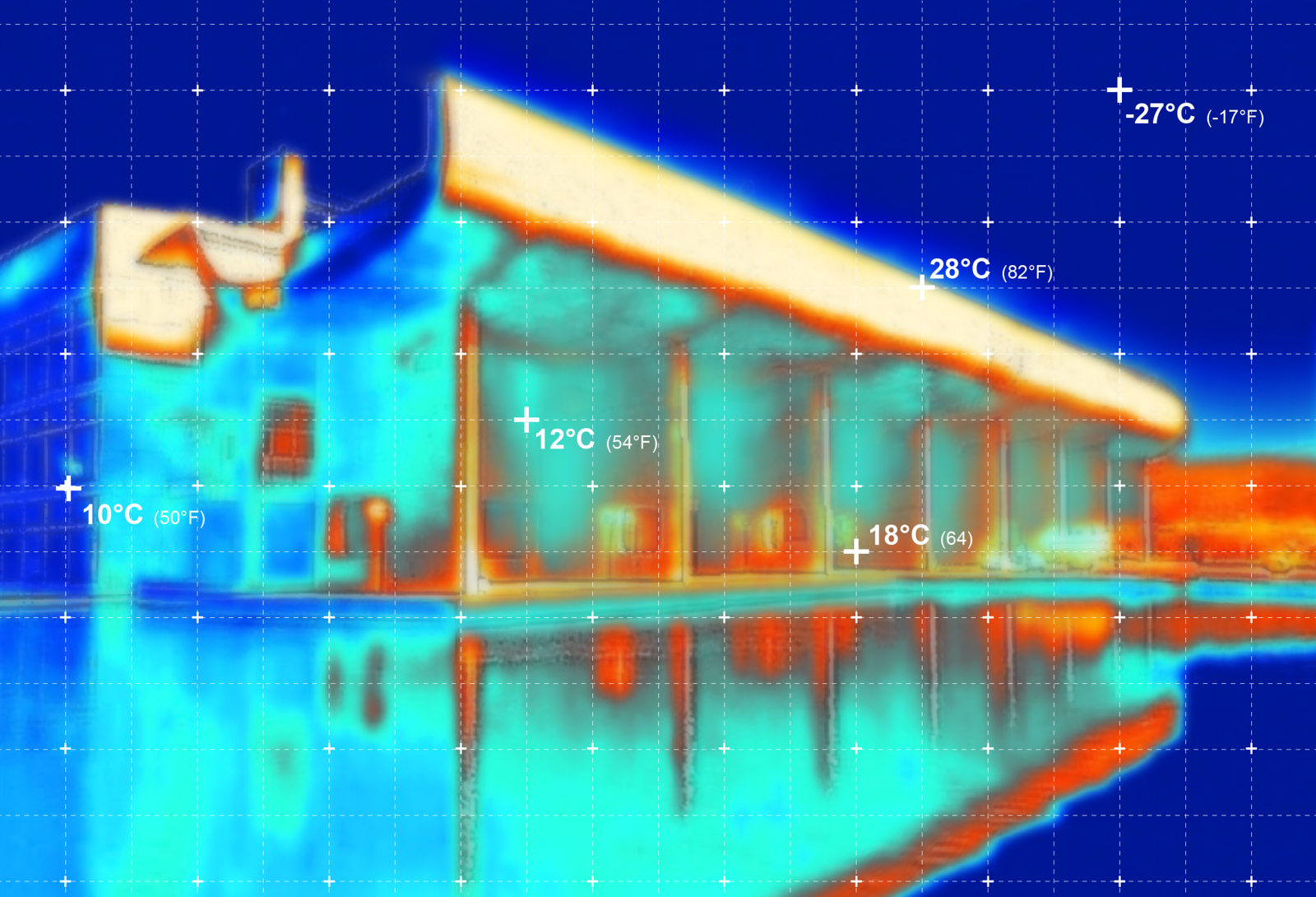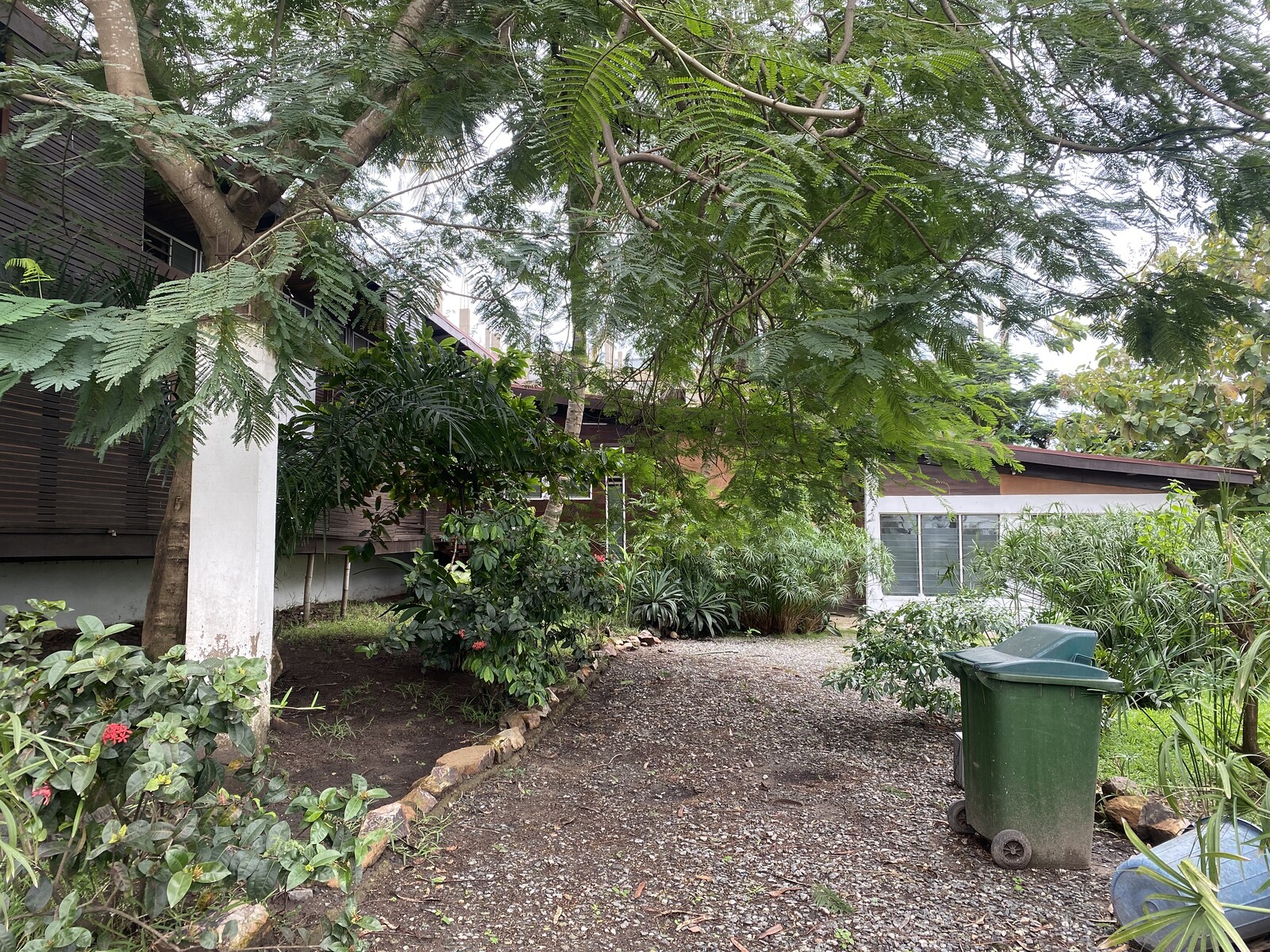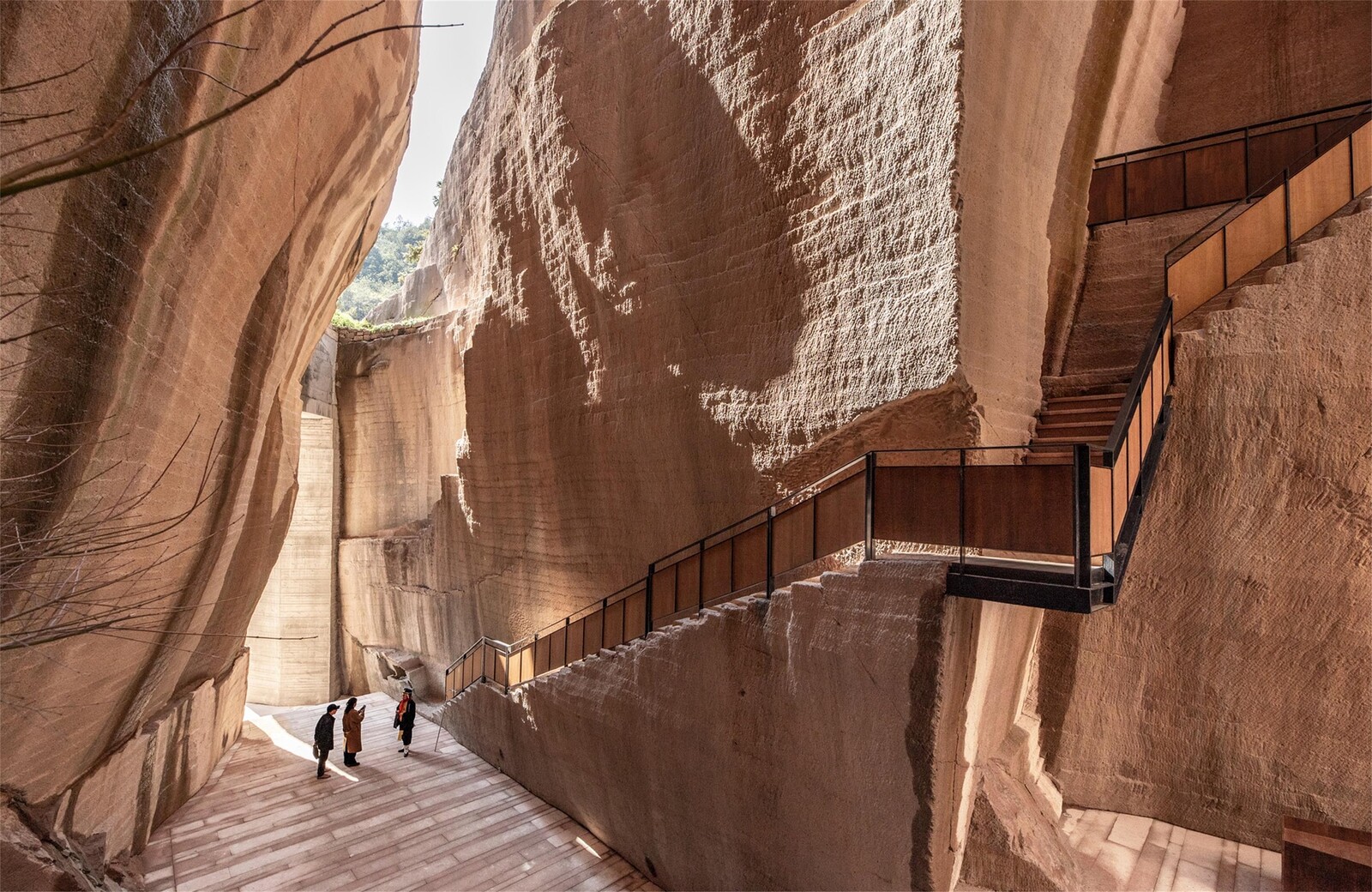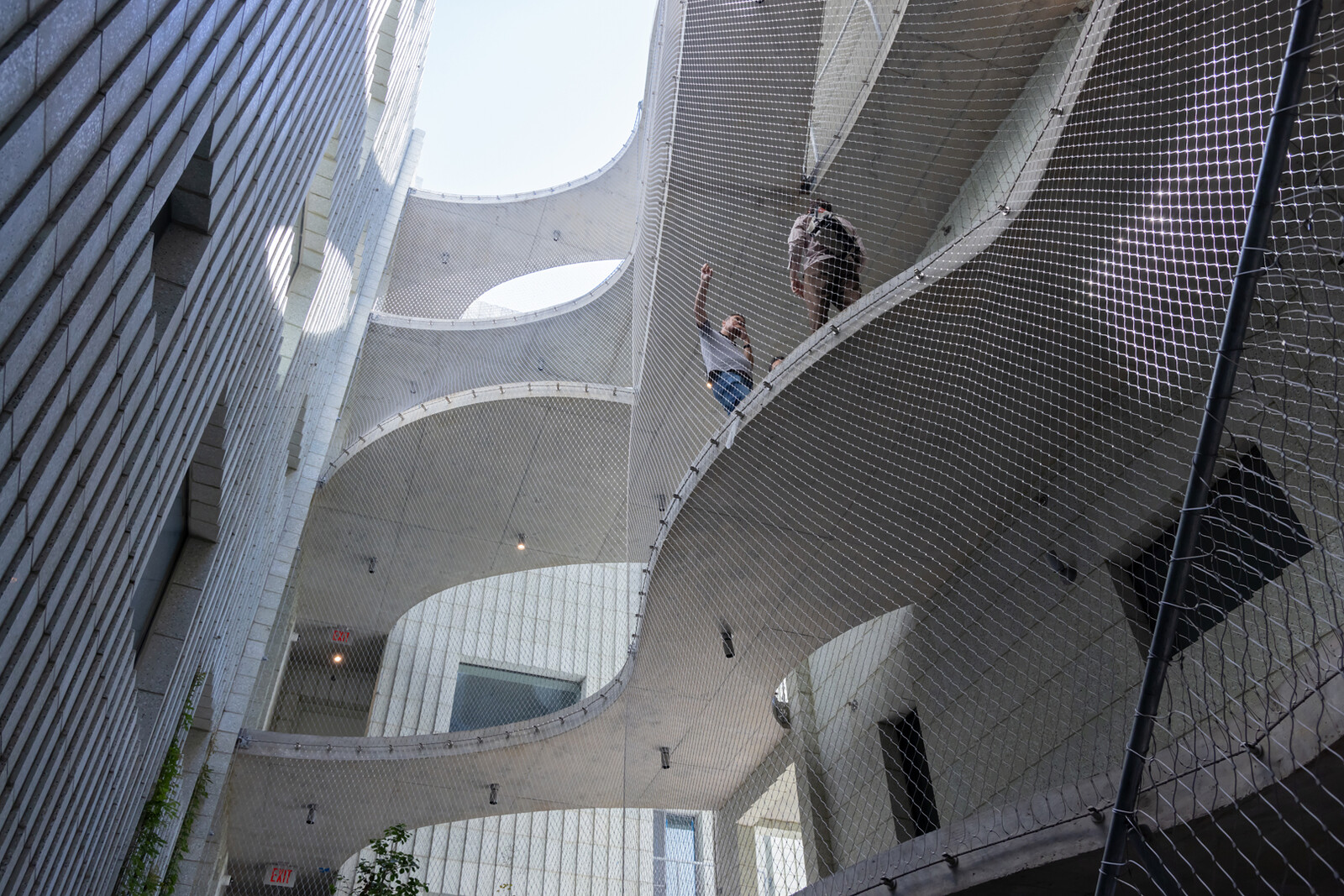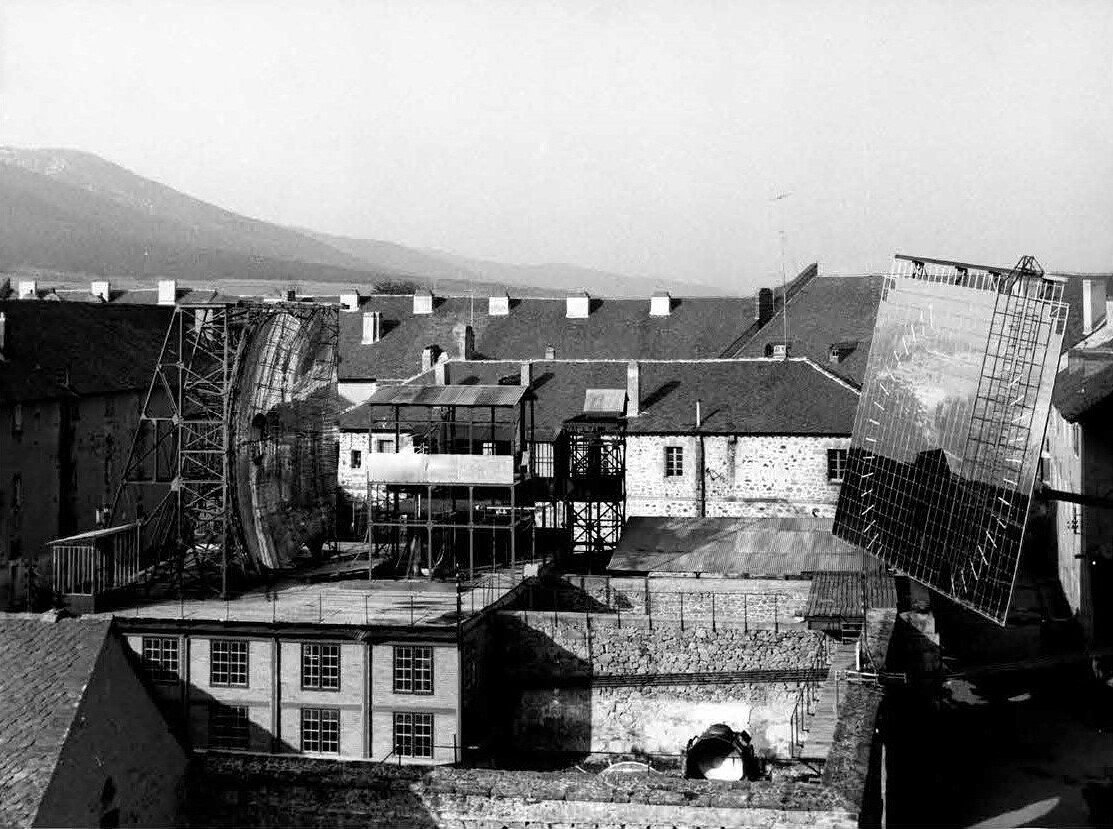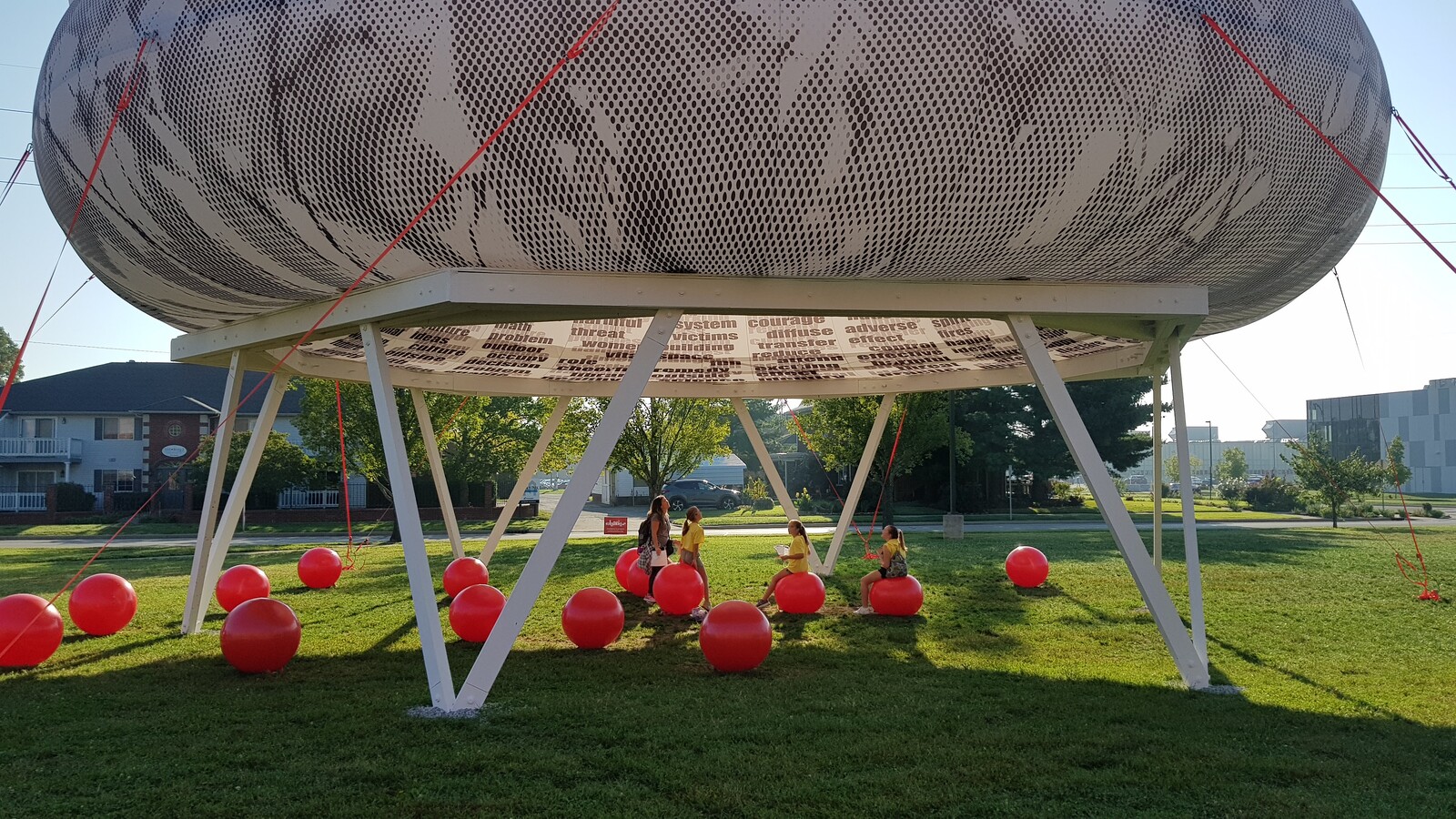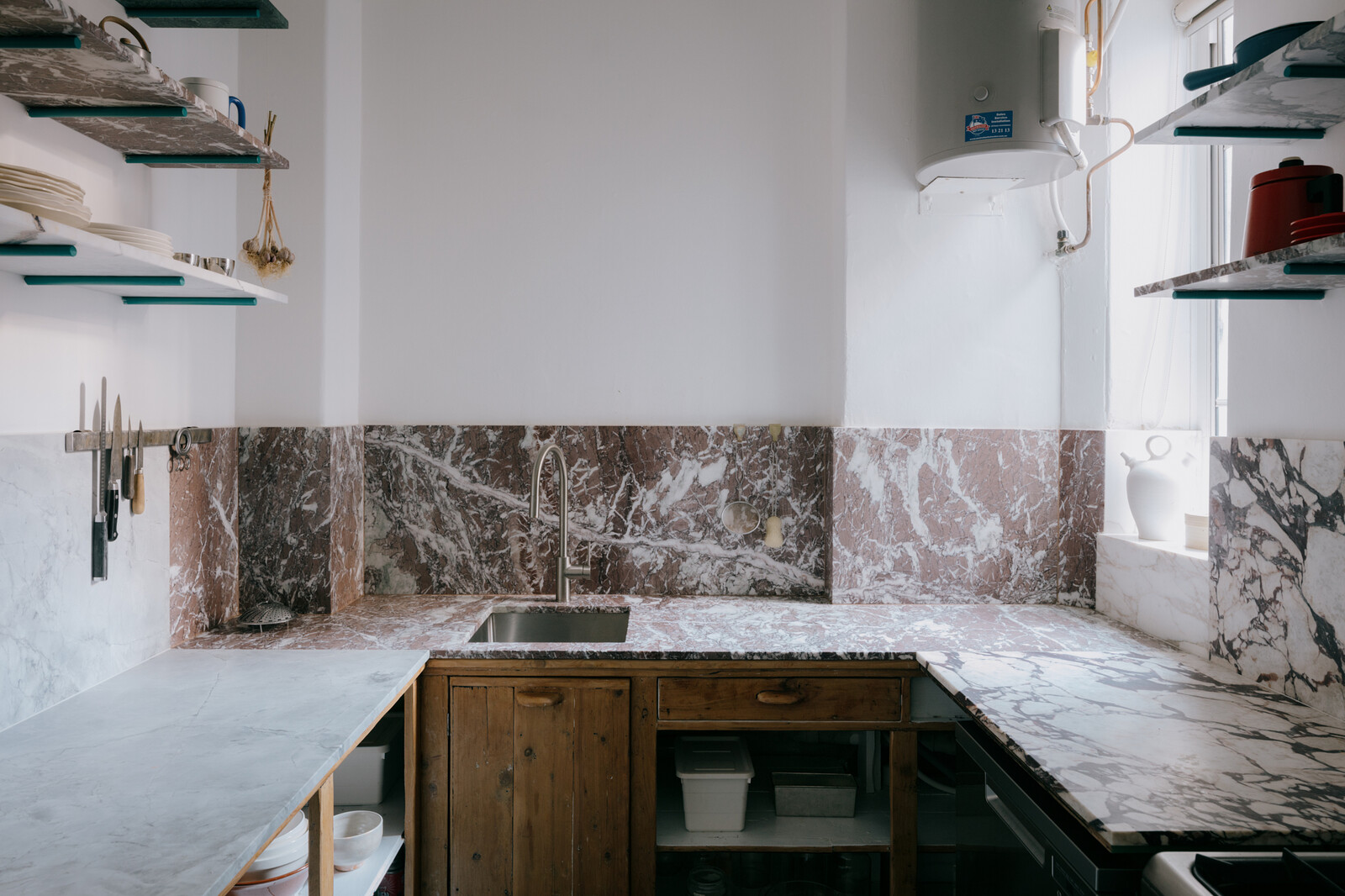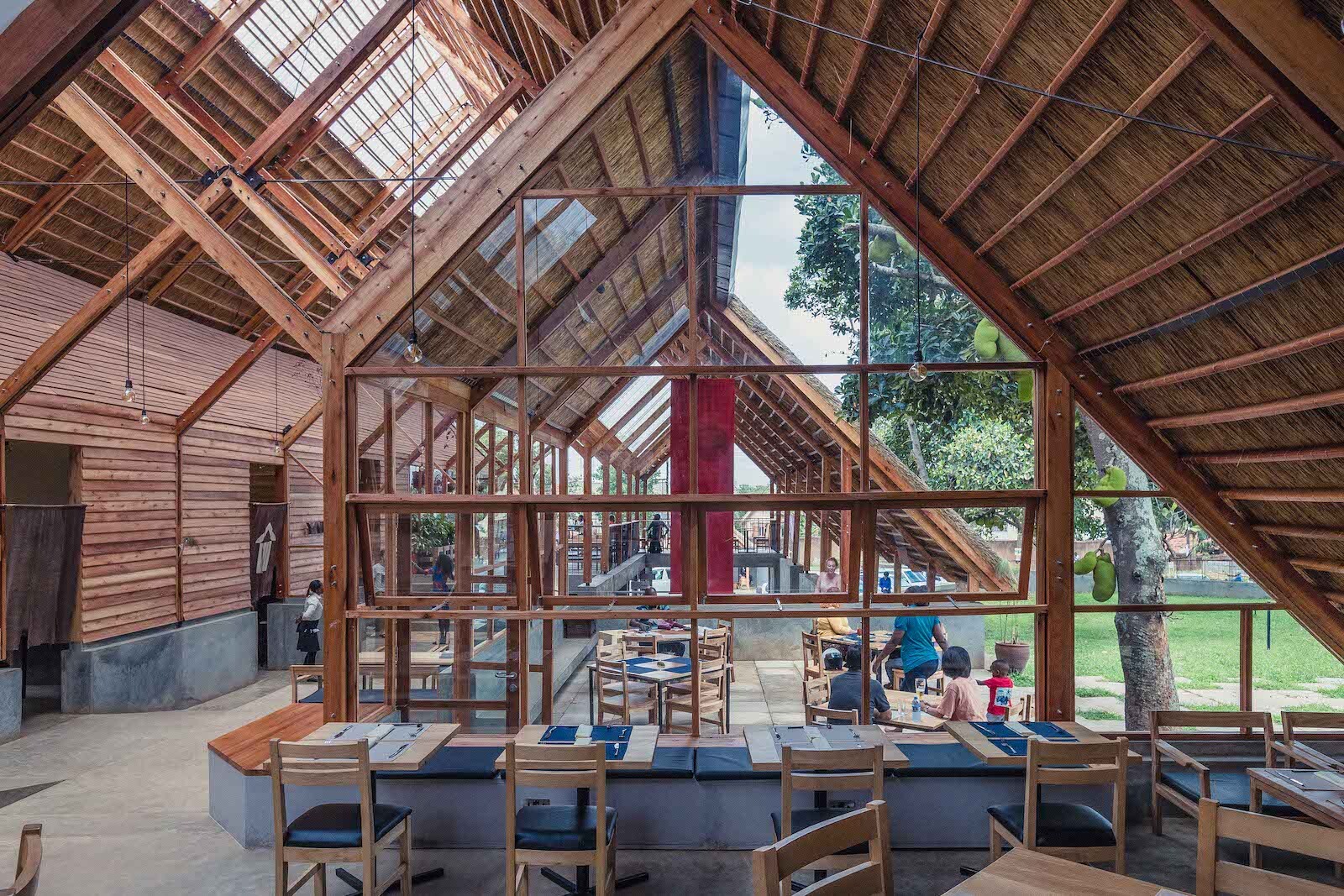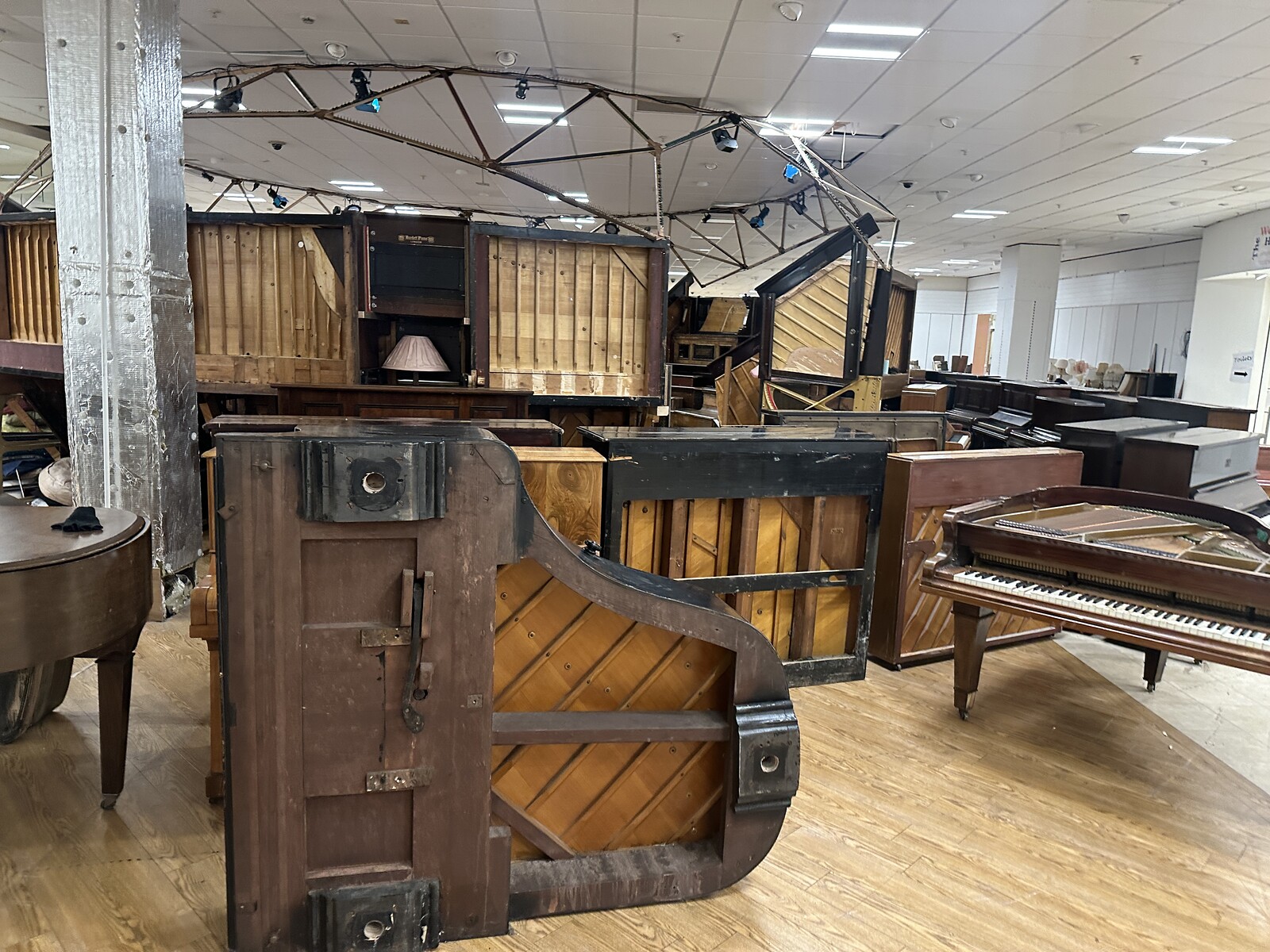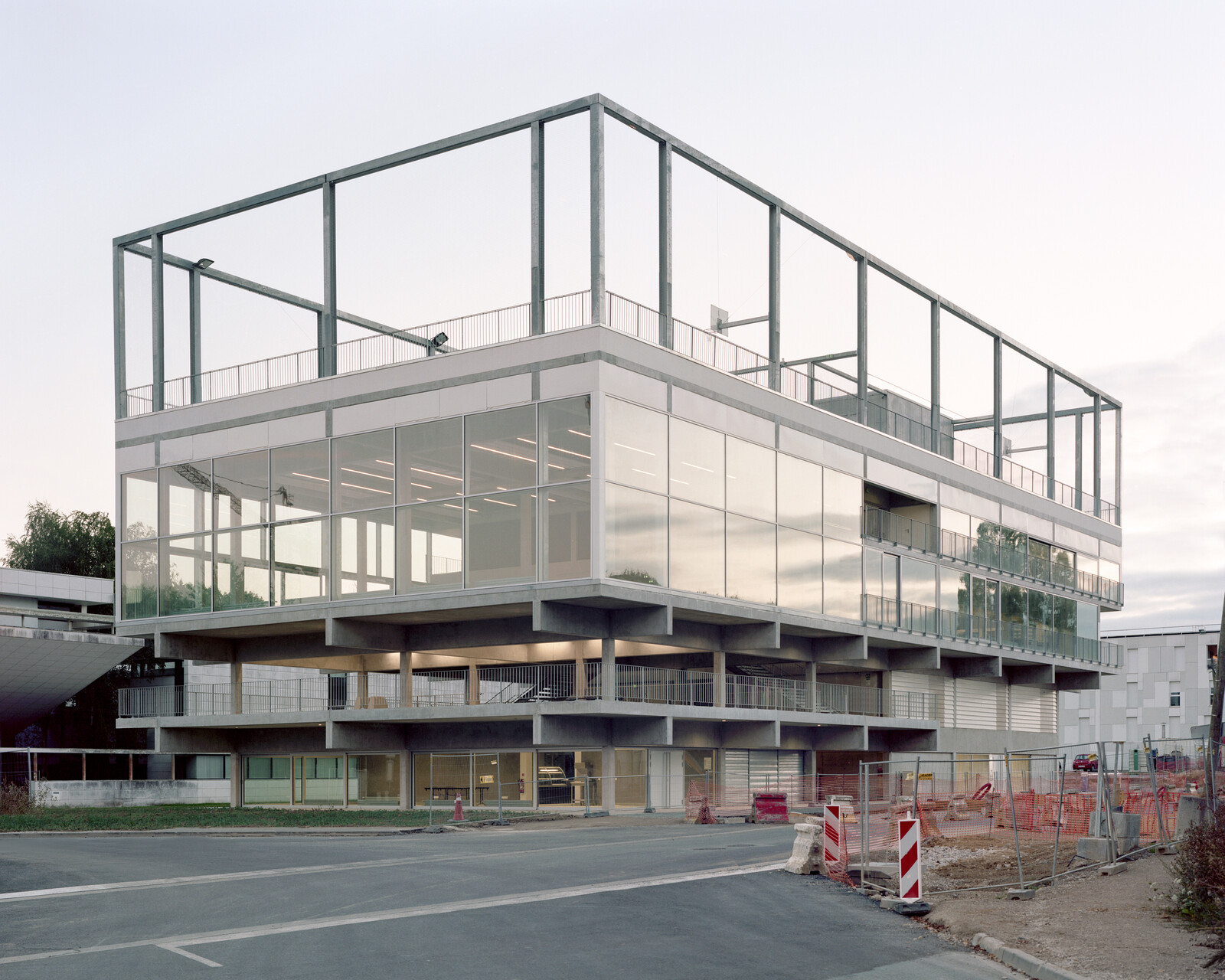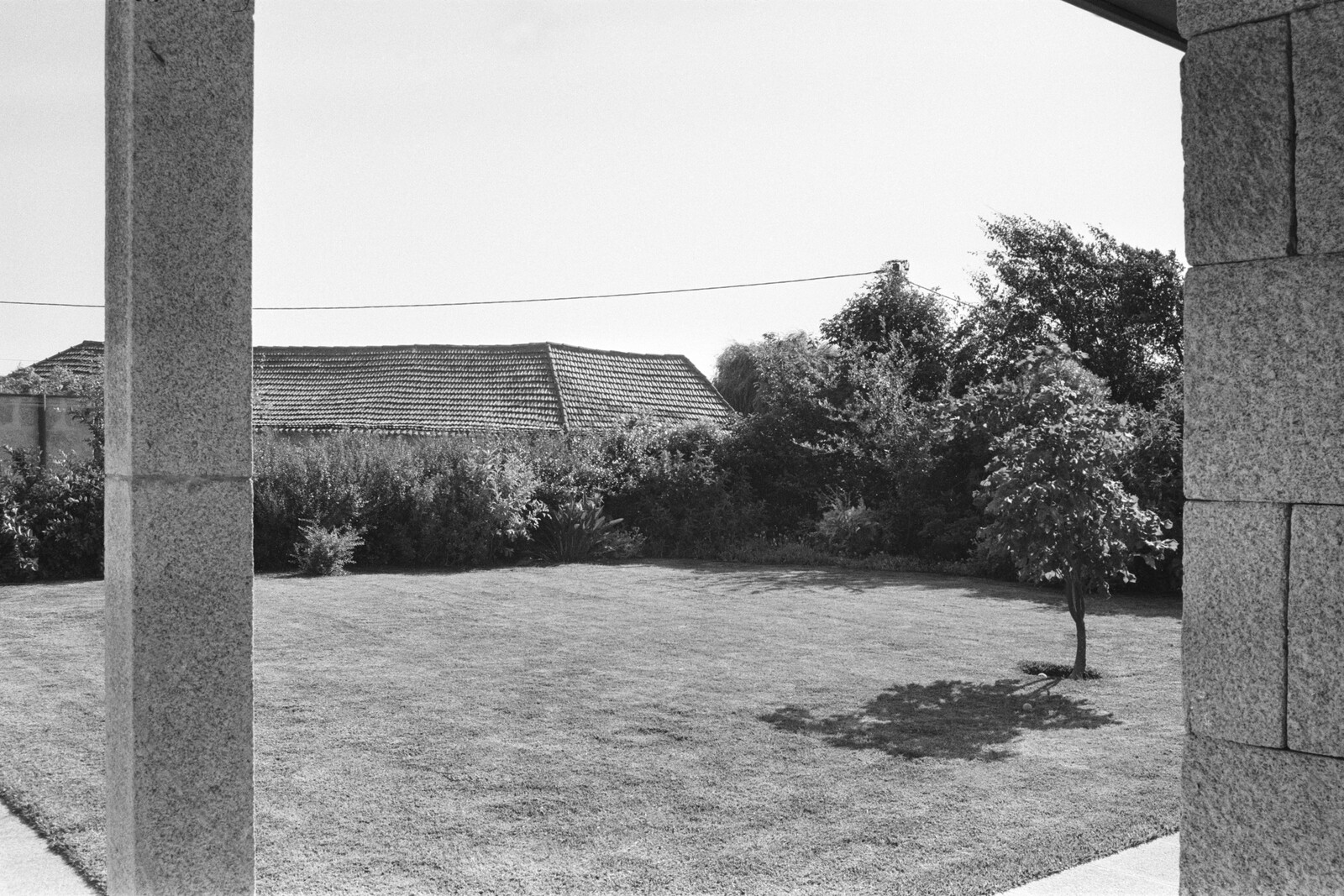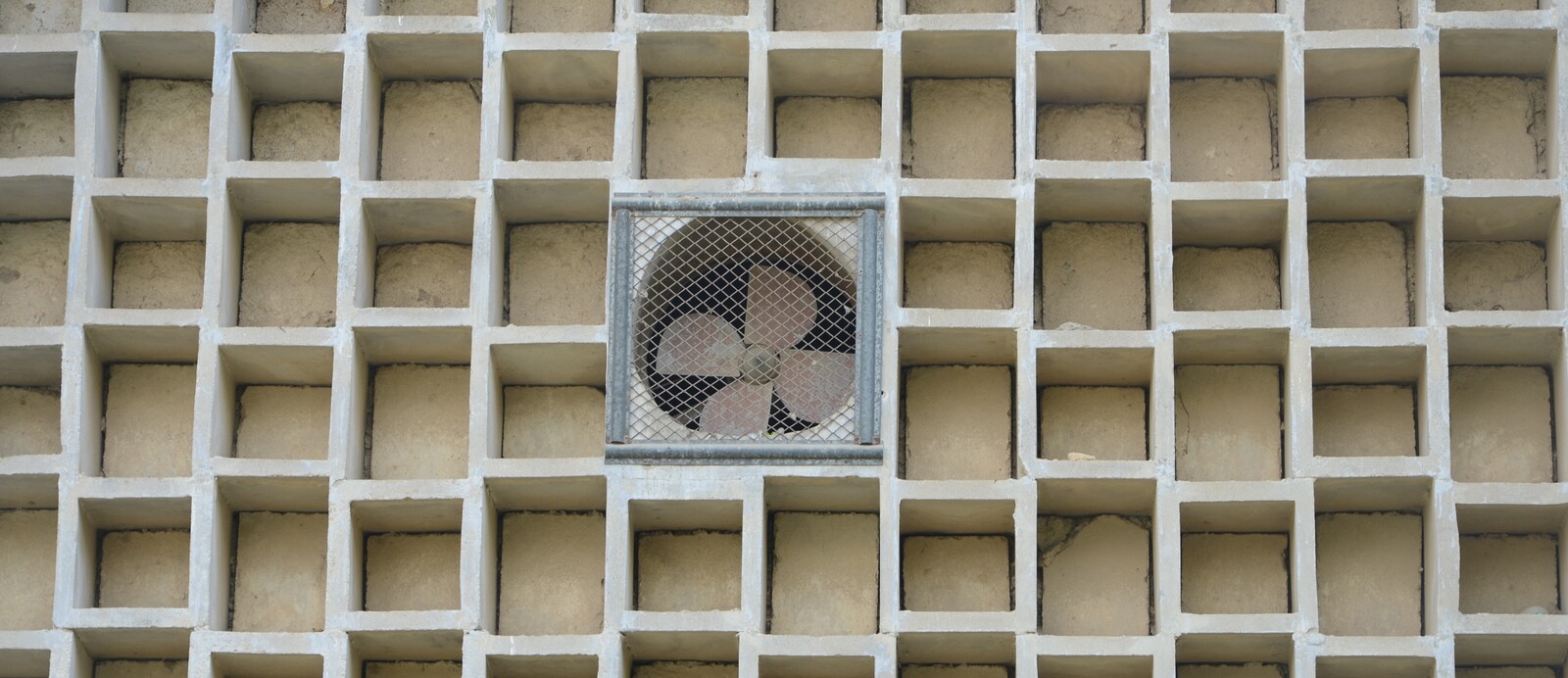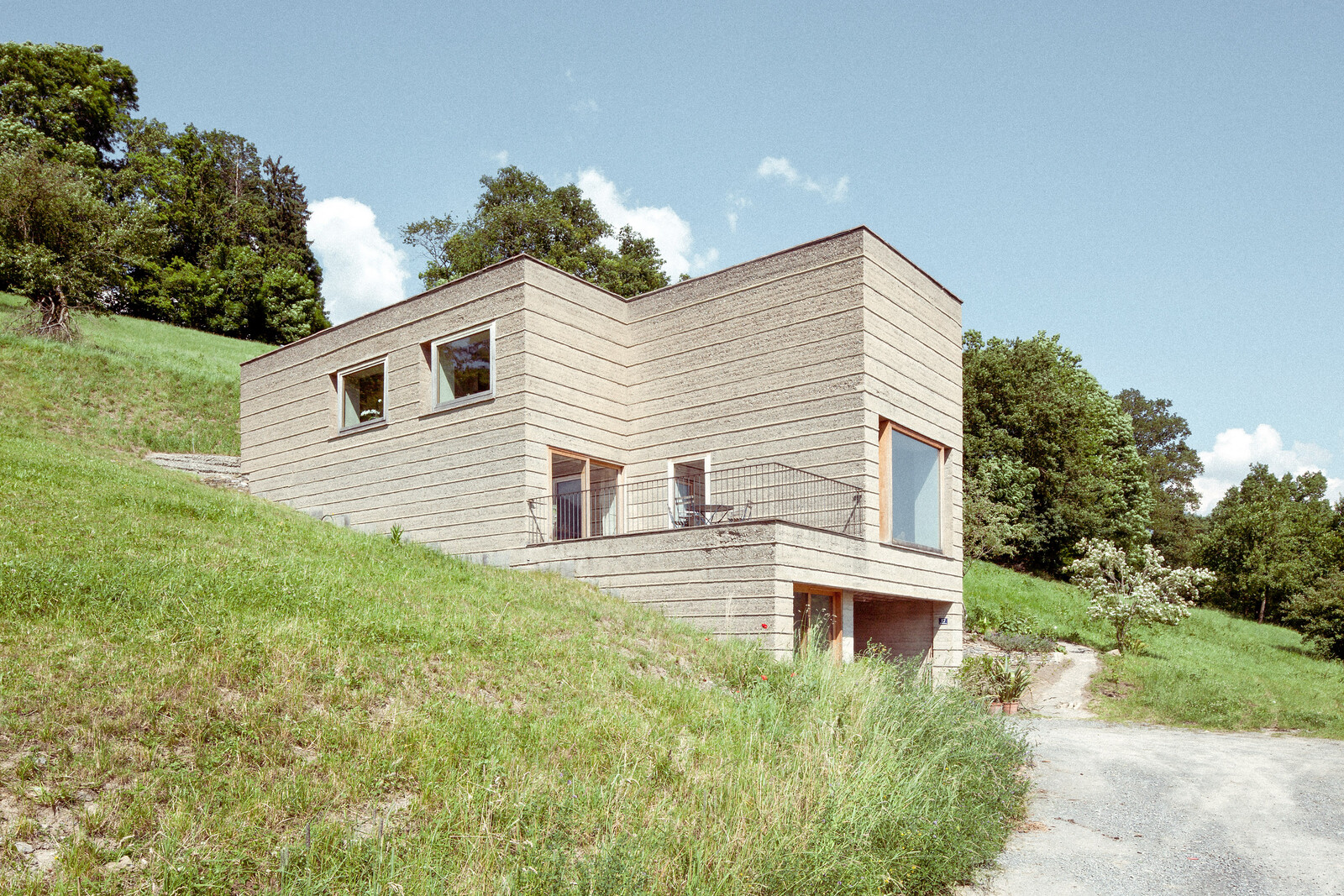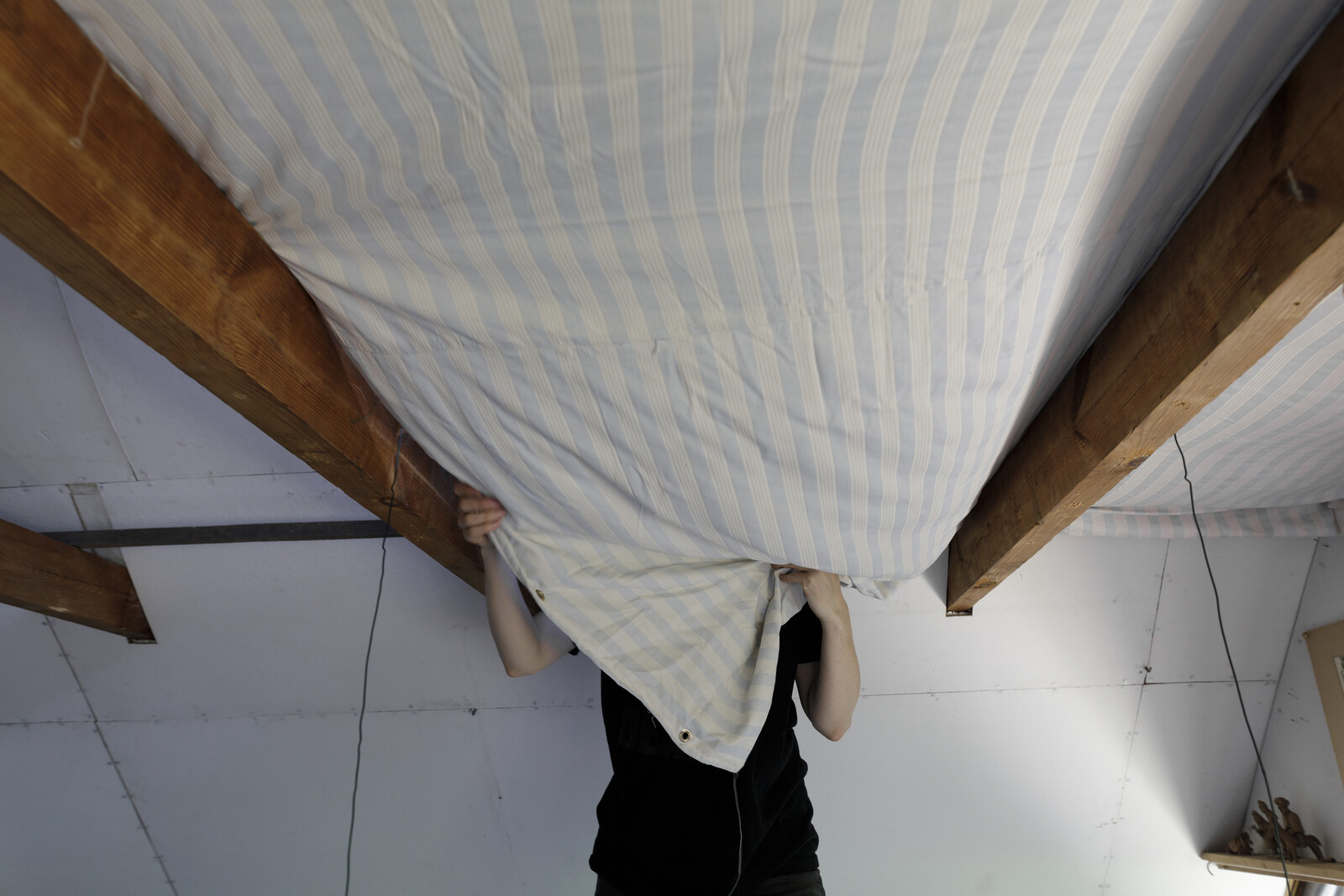From Neutrality Fallacy to Vitality
Imagine for a moment what life would be like if you and everyone around you ate the same foods at every meal, never experienced weather or the sky’s changing light, heard only a constant monotone with no music or bird song, and lived devoid of art to delight the eye. It would be awful. Yet that is essentially what is happening in most buildings designed for static, uniform, neutral conditions. Sensory neutrality, particularly in the realm of thermal sensation, has somehow become the building community’s ideal. The aim appears to be to make it so that as few people as possible complain about or even notice their thermal environment, analogous to a state of deprivation and monotony. Underneath this practice of sensory neutrality are noble intentions—to improve health and minimize discomfort. What is missing, however, are patterns in the thermal environment that people can readily sense, such as air movement and changing temperature. As indoor thermal environments become more experientially bland, one’s hunger for stimulation and delight escalates.
With a new commitment to enhanced vitality, the building community would abandon homogeneous targets and create possibilities for more thermal variation and sensory stimulation. Dynamic, non-uniform indoor conditions are a counter to an idealized constancy and support longstanding arguments against sensory neutrality.1 Giving people freedom to seek out their preferred environment is particularly important for happiness. Forsaking neutrality will mean crafting spaces that offer the opportunity for stimulating contrasts or rhythms in formerly dull situations, and, conversely, creating places of repose and stillness in sensorily overloaded environments.
From Natural Disconnection to Affinity
People today are spending less time outdoors, and buildings are progressively being dissociated from nature; this has an impact on health, well-being, and environmental stewardship. This disconnection is most intense in buildings with impoverished views of the outdoors, where workers are distant from basic cues about weather outside. Common examples include small, tinted windows, deep floor plans that obscure daylight, and fixed windows that are optimized for HVAC systems but shut out all possibility of feeling a breeze or hearing outdoor sounds. These practices are often well-intended, aimed at engineering-based solutions for efficient energy use and predictable indoor conditions, while preventing more architectural and people-based approaches. But can’t these aims be fused with a recognition of the four-billion-year evolutionary connection between organism and environment?
A new commitment to the human affinity with nature creates possibilities for increased awareness of that nature, for an understanding of natural climate-based rhythms, biophilic forms and process, and for other varieties of meaningful connection. Buildings, as the prime mediator between contemporary humans and the natural environment, can simultaneously bring elements of the outdoors inside and encourage people to go out. Indoor plants are lovely but offer a poor substitute for an outdoor lunch place where one can revel in the changing colors and smells of seasonal foliage, watch the passing clouds, and tune in to the movement and sounds of birds.
From Conditioning Monarchies to Democracies of Control
Building occupation is increasingly ruled by a paradigm of centralized environmental control. While lighting and HVAC systems are becoming increasingly sophisticated, their capabilities are rarely marshaled to create a nuanced, qualitative palette. It is as if occupants live under a monarchy of environmental conditioning in which an unseen sovereign works to satisfy a mythic median preference, about which building citizens themselves have no right of petition. Today’s commercial buildings typically have large, constantly cooled interior zones and flush-skin facades without shading depth. They depend completely on centrally-controlled HVAC aimed at producing uniformity across large zones—a space-based approach—where occupants have little or no power to determine interior environments. Beneath this approach lie laudable aims: to achieve the highest comfort for the most people, eliminate human error, and reduce feedback delay.
A new commitment to a democracy of control—a person-based approach—starts with the ambition for heating, cooling, ventilation, lighting, and shading solutions to transcend comfort and provide pleasure. Buildings need to combine well-designed, intelligent, centralized conditioning with traditional thermal temperance strategies that still work, like shallow floor plates where open windows cool occupants with breezes, high ceilings allow heat to rise over occupied zones, fans cool localized areas, and shades can be manually operated. A reimagined person-based approach integrates the best of both centralized and dispersed controls, as well as automatic and manual regulation, which can serve both large and small spaces while providing individuals with enhanced choice and agency. Its result would be a sense of personal freedom and adaptive opportunity, greater physical and affective pleasure, and a more active user participation in building operation.
From Addiction to Healthy Delight
In developed countries, occupants are increasingly addicted to air conditioning, an illness spreading globally and a trend dangerous for both people and planet. Attitudes about and use patterns of air conditioning appear to satisfy the same definition of addiction used by clinicians with respect to drugs.2 Examples include using air conditioning for longer than required, wanting to reduce use but not managing to do so, and continuing to use air conditioning even when one knows it is causing problems (such as climate change). Year by year, our tolerance to live without it decreases. The global demand for air conditioning is surging. It has changed the way buildings are designed, operated, and experienced. Indoor coolness has become an unfortunate symbol of prestige. Yet beyond significant energy implications, the comfort and health problems of overcooling (both for more hours and to cooler temperatures) are pervasive and well-documented.3
A new commitment to healthy delight encourages a limited use of air conditioning to just when and where it is actually needed, supplemented by “gourmet thermal experiences,” as Lisa Heschong frames it.4 Reducing air-conditioning reliance aligns with creating experientially-rich environments. In place of thermal monotony is an architecture of thermal moderation that avoids saturating pleasure centers. Instead, climate-responsive architecture provides epicurean occasions, variable conditions, and congruence with rhythms of the day and season, all at reduced carbon cost.
From Universal Standards to Differential Flexibility
Building standards are one of the most influential mechanisms for transferring information from research to practice. Yet they constitute the minimum acceptable performance for buildings, rather than an aspirational ceiling. The underlying assumption in these well-intended standards is that we are all the same, which ends up making a significant percentage of us unhappy. By focusing on complaint avoidance, rather than enrichment or joie de vivre, such standards further promote everyday life’s homogeneity. Architecture generated from universal codes and standards is forced to disregard social, cultural, regional, and other contextual influences on individual’s approbation. Standards ignore how the building itself can influence the inclinations of inhabitants, for example in the way that sealed envelopes and full-time mechanical conditioning can narrow inhabitants’ temperature tolerances. Over time, occupants come to expect the buildings to operate at warmer temperatures in winter and cooler temperatures in summer, thus thwarting their natural bioclimatic adaptation.
A new commitment to differential flexibility can account for the diversity of individual, regional, climatic, and cultural differences. This forwards the possibility that occupants can be more engaged and connected to their environment, helping to shape their own positive and pleasurable affections.
Designing for Experience
How can the design community aim to create spaces that serve human flourishing? Building a place in the world for elevated feeling, for linking the measurable with the unmeasurable, is a difficult thing. But, in concert with one another, environmental forces, built elements, and human experience can become transformational. Inhabitants experience a totality of thermal and other environmental conditions as they are distributed in space and shaped by architectural form.
If architects and engineers are to collaborate in creating more dynamic and pleasurable places, they need a language—both graphic and verbal—with which they can think, ideate, and communicate. That shared conversation begins with clear objectives for experiential qualities, providing architectural opportunities to intentionally orchestrate variable distributions of conditions that offer the potential for delight.
There are many frameworks for organizing architectural ambitions for thermal variability. These physical conditions can be described in terms of spatial distribution (uniform or varied conditions in space) and dynamic patterns (constant or changing conditions in time). Examples of such environment-experience pairings include: contrasts, or sharp adjacent distinctions; gradients, or smooth transitions from one condition to another; rhythms, such as cycles of the day and season; fluxes, or more random stochastic patterns such as lighting changes produced by moving clouds; sequences of experiences from one space to another; and narratives, which require some symbolic interpretations of a story. These patterns can manifest specific and unique experiences, where architecture is the link between outdoor and indoor environments.5
With all the problems in the world that can be addressed by buildings, a focus on human experience might seem like an ephemeral luxury, as something superfluous to the utility of buildings, or merely as a more complex way of talking about aesthetics. But it is important to ennoble human experience and contribute to solving the climate crisis. Making a measurable difference in the ways buildings use resources, in how buildings can fit in with nature, and in the satisfaction of occupants can be mutually reinforcing. A more integral, evolutionary approach transcends what has historically been unworkable, unsustainable, and life-degrading, and instead forwards what is workable, sustainable, and life-affirming.
Sergio Altomonte et al., “Ten questions concerning well-being in the built environment,” Building and Environment 180 (August 2020); Wouter van Marken Lichtenbelt, M. Hanssen, H. Pallubinsky, B. Kingma, and Lisje Schellen, “Healthy excursions outside the thermal comfort zone,” Building Research & Information 45, no. 7 (2017).
Willett Kempton, Daniel Feuermann, and Arthur E. McGarity, “‘I Always Turn It on Super’: User Decisions about When and How to Operate Room Air Conditioners,” Energy and Buildings 18,no. 3 (1992): 177–91.
Mark Mendell and Anna G. Mirer, “Indoor thermal factors and symptoms in office workers: findings from the US EPA BASE study,” Indoor Air 19, no. 4 (2009).
Lisa Heschong, Thermal Delight in Architecture (Cambridge, MA: MIT Press, 1979).
Mark DeKay and Gail Brager, Experiential Design Schemas (Novato, CA: ORO Editions, 2023).
After Comfort: A User’s Guide is a project by e-flux Architecture in collaboration with the University of Technology Sydney, the Technical University of Munich, the University of Liverpool, and Transsolar.
